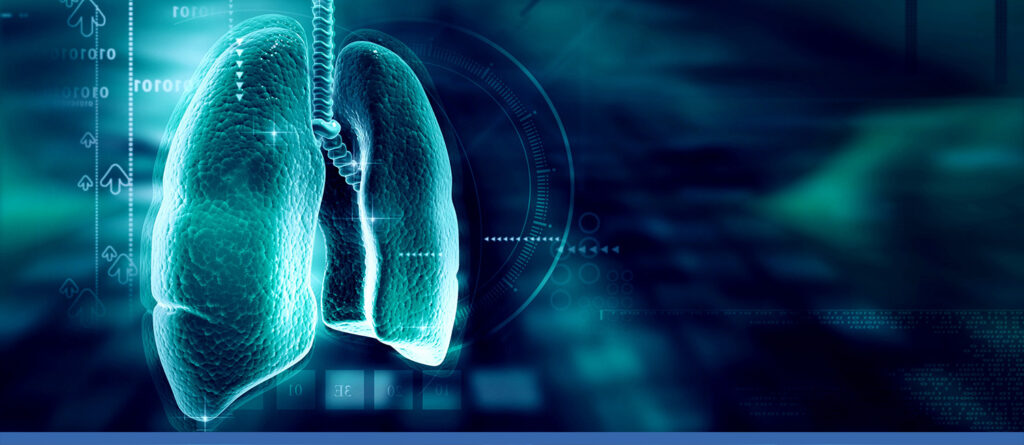The Problem

Until now, there has been no fully reliable treatment to reverse life-threatening acute high blood pressure in the lungs.
The cause of the acutely increased blood pressure in the arteries of the lungs may include a blood clot, blood poisoning or other serious infections. It can also be a complication in major surgeries, for example in cardiac surgery. During some procedures with a heart-lung machine, more than 50 percent of the patients may be affected. In other words, it is a life-threatening condition that generally occurs in the setting of critical illness elicited by many common diseases and major surgical procedures.
The result of the increased resistance in the lung blood vessels is that the heart’s right ventricle does not have the capacity to sufficiently pump the blood through the lungs. The consequence is, in severe cases, right heart failure and a drop in systemic blood pressure threatening blood flow to vital organs such as the brain, liver, kidneys and the heart itself – which can lead to a rapid death.
The fact is that until now, there has been no effective treatment to prevent this serious condition, consequently it is a major clinical problem. Inhaling nitric oxide or prostacyclin via the airways does not guarantee that the volatile gas reaches the affected blood vessels. Furthermore, treatment with current intravenous vasodilators can cause a drop in systemic blood pressure and impair blood supply to the body’s vital organs.
